Best Timing for Septic Tank Replacement
Septic tank replacements are typically performed when the existing system becomes inefficient or fails to meet the household's needs. The optimal timing depends on factors such as tank age, maintenance history, and usage patterns. Regular inspections can help identify signs of deterioration early, minimizing potential damage and cost.
Indicators include persistent odors, slow drains, and sewage backups. Addressing these issues promptly can prevent more extensive damage.
Late spring and early fall are often preferred due to milder weather conditions, which facilitate excavation and installation.
Usage volume, tank material, and maintenance frequency impact when a replacement may be necessary.
Most septic tanks last between 20 to 30 years, depending on maintenance and soil conditions.
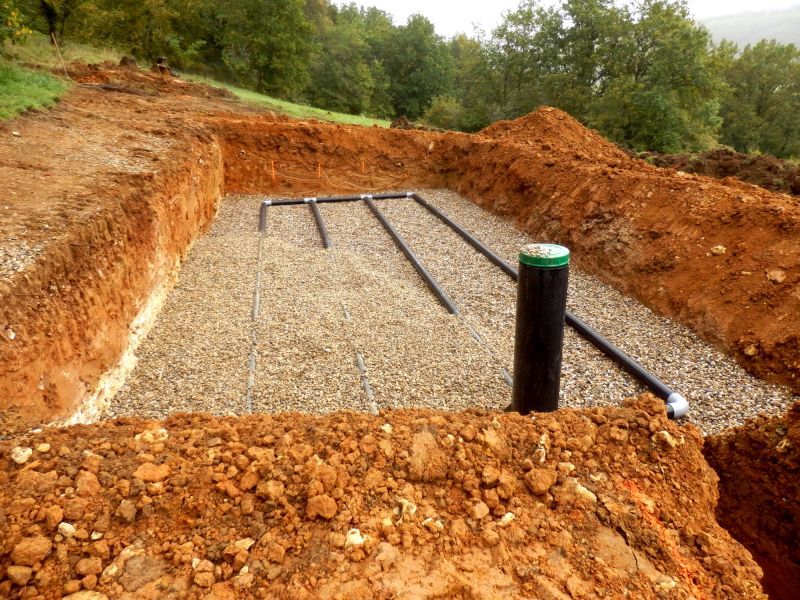
A technician excavates the site to access the existing tank for assessment or replacement.
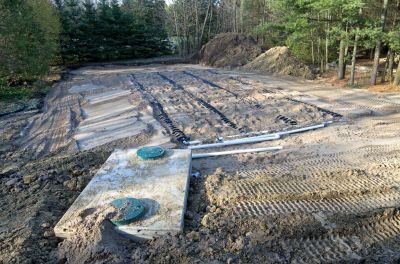
Installation of a modern, durable septic tank suited to household needs.

Visual and diagnostic inspection to evaluate tank condition and system functionality.
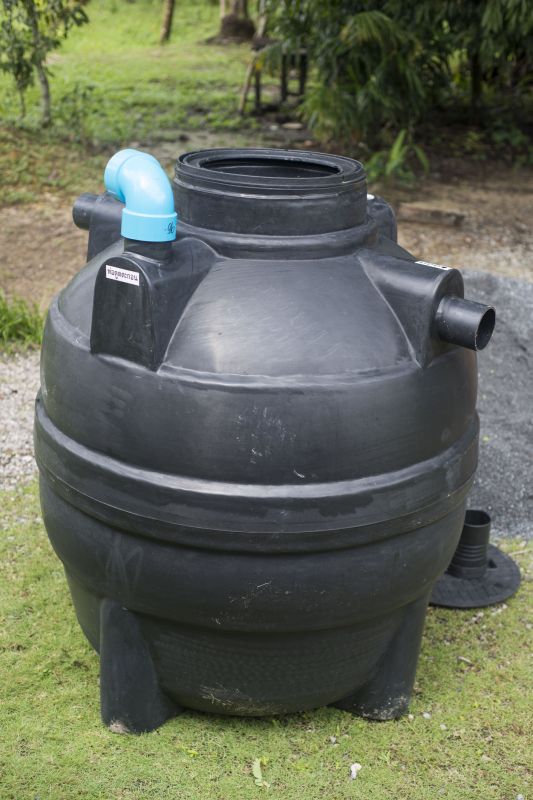
Ways to make Septic Tank Replacements work in tight or awkward layouts.

Popular materials for Septic Tank Replacements and why they hold up over time.
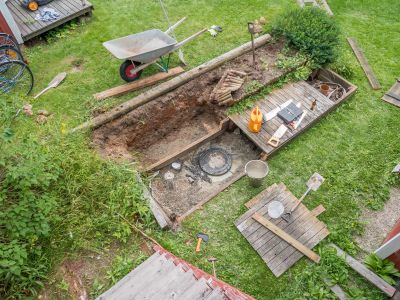
Simple add-ons that improve Septic Tank Replacements without blowing the budget.
| Season | Advantages |
|---|---|
| Spring | Mild weather allows for easier excavation and installation. |
| Fall | Prepares the system before winter, reducing freezing risks. |
| Summer | Potential delays due to high ground moisture and heat. |
| Winter | Generally avoided due to frozen ground and accessibility issues. |
| Late Season | May require additional site preparation for optimal conditions. |
Septic tank replacements are significant projects that require careful planning and timing. Factors such as system age, usage, and environmental conditions influence the best time to undertake such work. Regular inspections and proactive maintenance can extend the lifespan of existing systems and help identify the ideal window for replacement before costly failures occur.

Removing an old tank to prepare for installation of a new system.
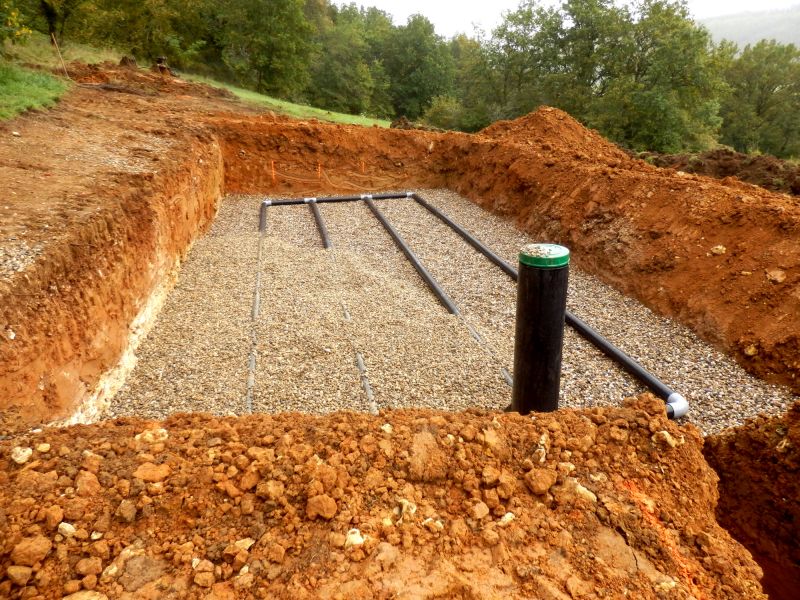
Refilling the excavation site and restoring the landscape after installation.
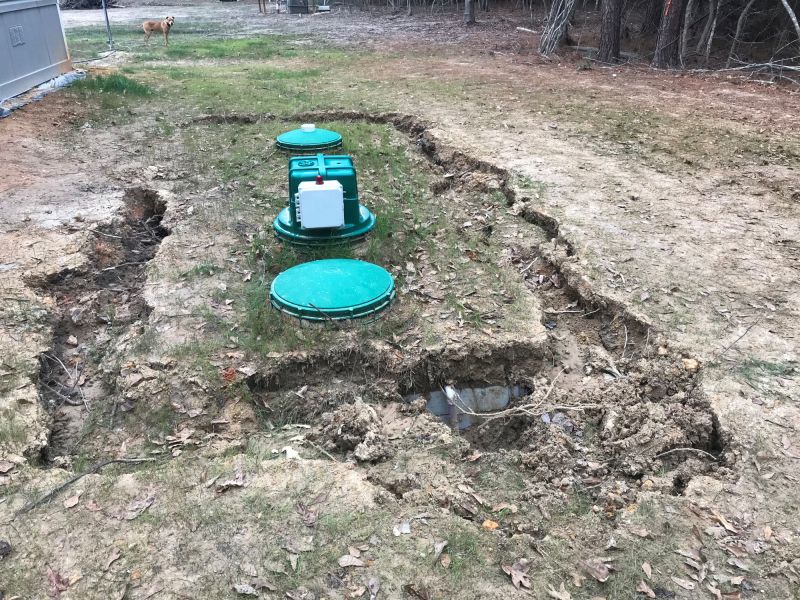
Ensuring the new septic system functions correctly before use.
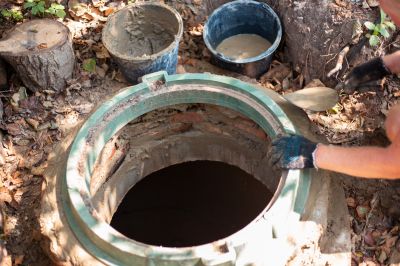
Ongoing care to maximize lifespan and performance of the replacement system.

High-end options that actually feel worth it for Septic Tank Replacements.
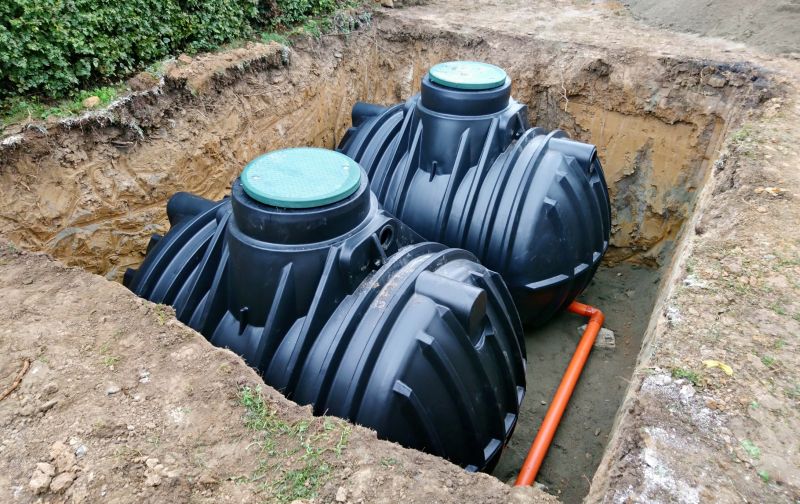
Finishes and colors that play nicely with Septic Tank Replacements.
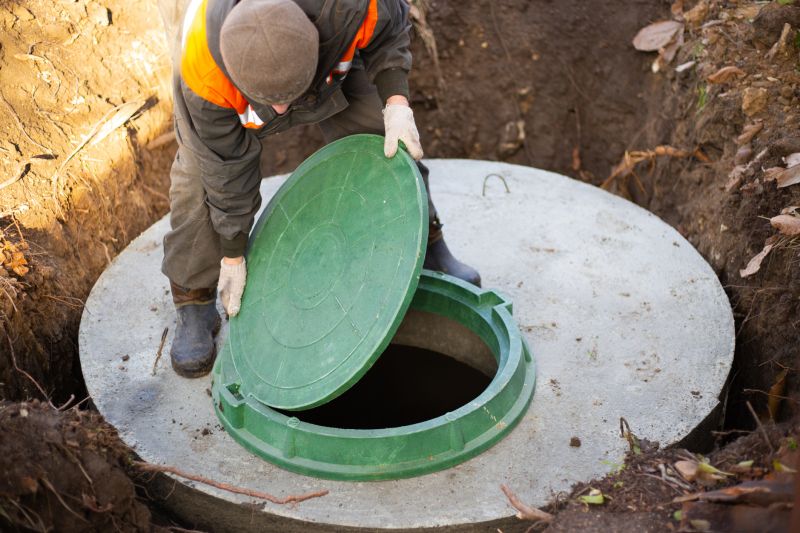
Little measurements that prevent headaches on Septic Tank Replacements day.
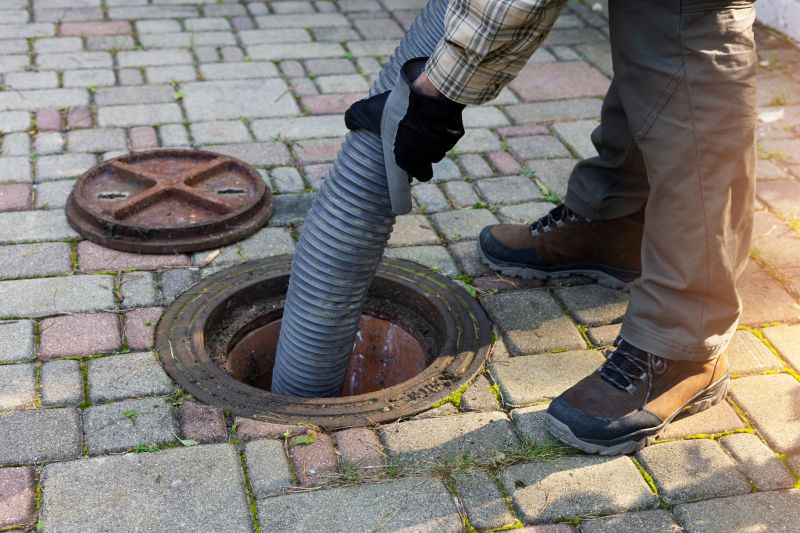
A 60-second routine that keeps Septic Tank Replacements looking new.

A frequent mistake in Septic Tank Replacements and how to dodge it.
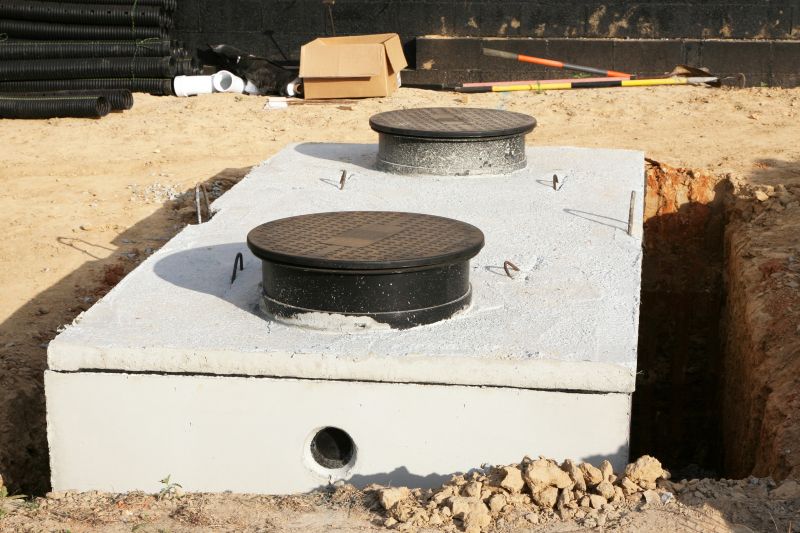
Small tweaks to make Septic Tank Replacements safer and easier to use.
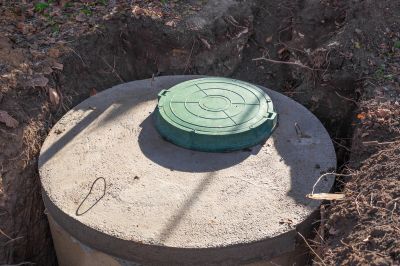
Lower-waste or water-saving choices for Septic Tank Replacements.

The short, realistic tool list for quality Septic Tank Replacements.
Interested in scheduling a septic tank replacement or seeking more information? Filling out the contact form can provide tailored guidance and assistance for planning the project at the appropriate time.
